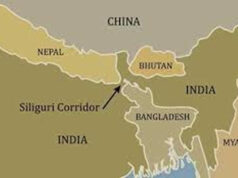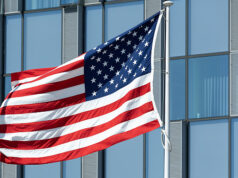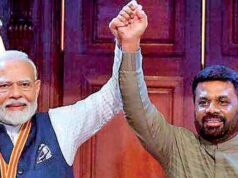Military & media- why both are incomplete without the other?
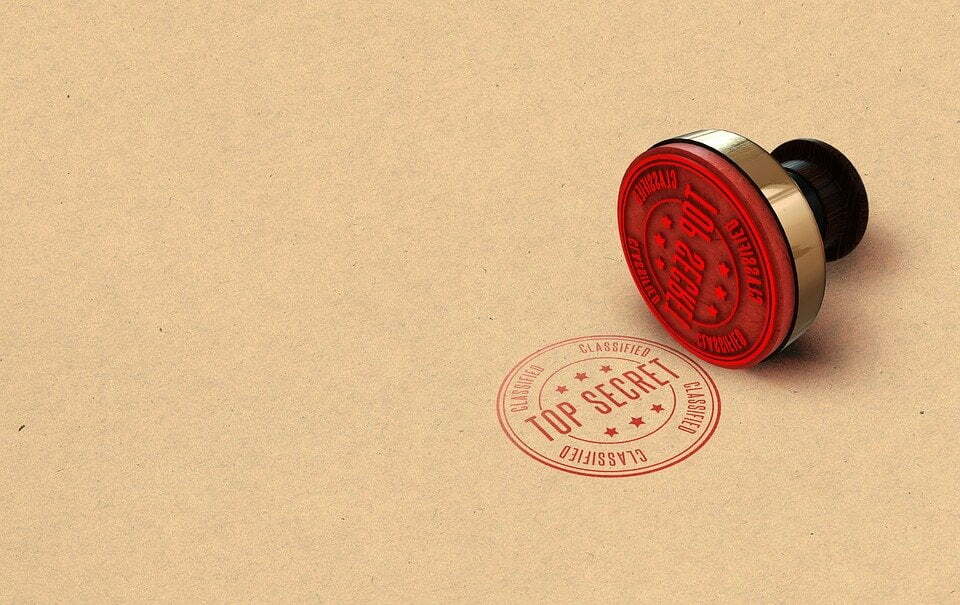
By
Brig Umesh Singh Bawa Vrc, SM
The free and unfettered media of a developing country in a democracy has an important and mature role to play. It has to ensure that over criticism does not undermine the state authority and strengthen the forces of disintegration. On the other hand, there is something gravely wrong with the democracy of a country whose press and media are always in agreement with the government. For in a democracy, the press and media must point ‘when the emperor has no clothes. The media, therefore, discharges a vital duty to the government by serving as a mirror of public opinion.
The nature of modern warfare involves the entire nation. The armed forces, no doubt have a key role to play, but in a democracy, without the popular mandate of the people, war cannot be brought to a successful conclusion. While combat success wins battles, it is the political impact of the combat that wins wars, and this political impact depends on how it is communicated to the people by the media to mobilise their support towards the cause. The role of media in the Kargil war of 1999 is a classic example. The impact of media on the conduct and outcome of modern-day wars and insurgencies has always been acknowledged by military leaders. Revolutionary development in mass communication technology and the resultant capability of the media for instant and graphic coverage of operations, coupled with increasing democratic demand for more information for all spheres of government activity including the military, have transformed media into an important war winning factor like never before in history.
The military is trained to win i.e. impose its will by fighting, the media is trained to report what it perceives as the truth. The military needs to project its image of skill, courage, stamina, strength and sacrifice; maintain the secrecy of operational plans and conceal some information at least for some time from its people. The armed forces misinform the enemy for strategic and operational gains on the battlefield by using the media and media detests its use in such matters. The media’s role of informing the public enjoins it to overcome secrecy and report even unpalatable but inevitable aspects of war, such as blunders, cowardice, exhaustion, suffering, blood and death. The media opposes the aspect of deception of the enemy through its voice; since its credibility gets lowered for military gains. The government’s interest as projected to be the national interest is not always perceived so by the media, this affects the military matters too. The clash of interests has been fundamental and frequently acrimonious. In a democracy this is inevitable, many would say desirable.
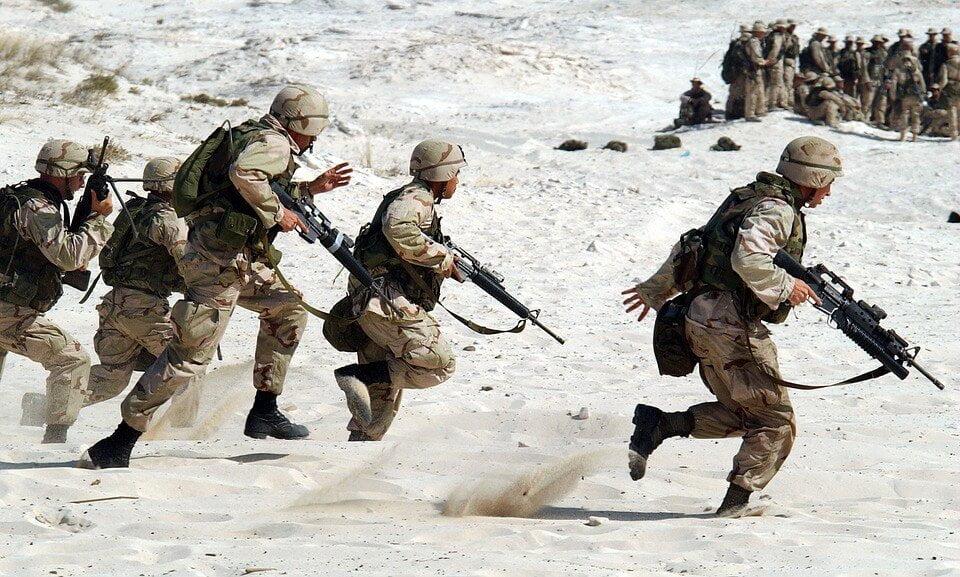
In the emerging global scenario, information has become a principle of war and a tool for conflict resolution. Information warfare (IW) marks the emergence of new methods to manipulate perceptions, emotions, interests, choices and serves as a psychological weapon. It is the people’s power now more than ever before that will determine their destiny. Public opinion is therefore of paramount importance and media can be used to shape public opinion. The proxy war in J&K, abrogation of article 370 and the way different segments of Indians, Pakistanis and the rest of the world look at it, illustrates the importance of perceptions shaped by the availability and nature of the information provided. The media can be orchestrated to win the war or operations of all types by shaping public opinion through psychological warfare and propaganda.
Fighting wars and insurgencies are a shared responsibility of the soldiers and the people. In this, war is prosecuted by the application of soldiers in their physical being on the battlefield, strengthened by their ‘will’. And backed by the ‘will’ of the nation. In its ramification for success, it would imply the destruction of enemy soldiers and their ‘will’ to fight on one hand and preservation of the same on their side, on the other. Though the physical destruction of the enemy is achieved by weaponry at the disposal of a military commander, the destruction of ‘will’ can be achieved only by the media through psychological warfare. Strategic analyst Martin Libicki proposes four categories of psychological operations: operations against troops, the operation against opposing commanders, the operation against national will, and operations designed to impose a particular culture upon another nation.
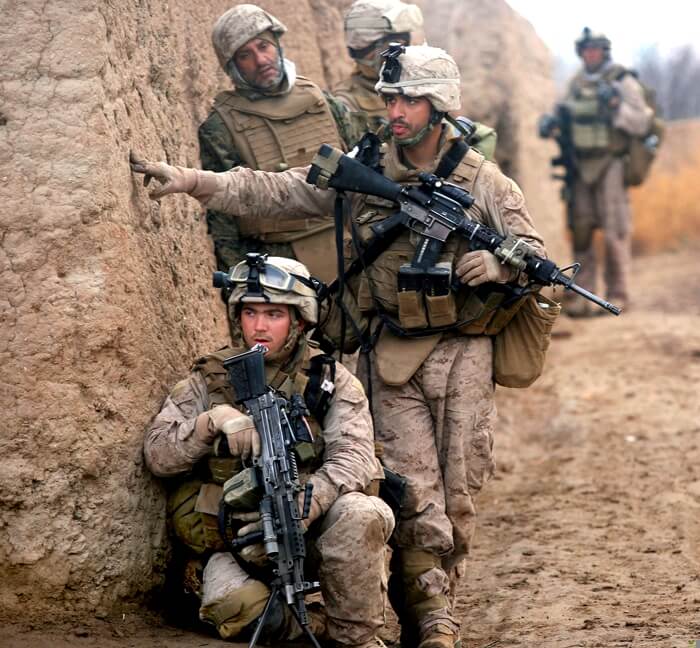
The use of media as a ‘Psycho-weapon’ is nothing new. Armies have always tried to make their forces seem stronger or weaker than they are or to convince enemy soldiers that they have no escape but surrender. Psychological warfare also includes the endeavour to influence the populace of an enemy country to oppose the war effort, or to depose the reigning government. The means to this end resides in the mass media, the internet and now the social media. We recently saw China using psychological warfare through its national media in the recent stand-off between the two countries in the Himalayan region of Ladakh, where it portrayed the advantage of numbers, its military strength and territorial dominance in the region.
Although the media is a relatively new element in armed conflict, it is a weapon that the terrorists have used from the outset for psychological warfare. Terrorists interact with the entire population through media. Terrorism is analogous to a virus that transmits its ‘genetic message’ through the legitimate means of information transferal of the society, on which it preys, thus altering the society’s perception of itself and the world around it. In essence, terrorism replaces society’s view with its own, just as a virus replaces the host’s genetic material with its own.
Propaganda is an important tool of psychological warfare. The militants have used media for propaganda purposes very effectively. Many Kashmiri pundits settled in refugee camps outside the valley recount tales of false propaganda spread by the militants, which were believed then, due to the non-availability of information from any other source. It was a rumour that the golden temple was being raged to the ground that led some of the Sikh soldiers to rise in mutiny and desert the army in the wake of ‘Operation Blue Star’. The media has to be educated as to how the enemy might exploit them for propaganda purpose. Propaganda can be achieved through misinformation and disinformation.
At an international level, the demonization of Saddam Hussein and availability of weapons of mass destruction with him, through slanted news reports, pictures, selective sound bites and carefully edited TV images, offer a graphic example of uses and abuses of information, misinformation and disinformation to build international opinion and support for a just war against the rogue elements. A good part of the war in J&K is concerned with winning hearts and minds and contending against misinformation, disinformation, and rumour.
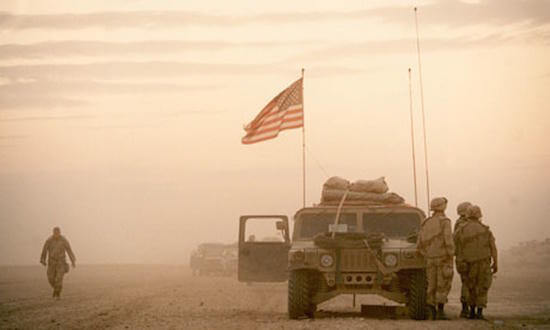
Media has been effectively used for deceiving the enemy of own intentions, capabilities, plans and losses. During ‘Desert Storm’, media was effectively used for deception operations to mislead Iraq about the place of an actual attack by coalition forces. Commercial TV, the internet and social media could become a weapon of deception and psychological warfare by the military commanders in the future. However, the use of media for such a task has to be done very carefully so that the government and the armed force’s credibility is not compromised.
Army’s image needs to be projected in times of conflict also while carrying out its tasks during peacetime. The numerous tasks being carried out by the army and its contribution to the national cause and nation-building, therefore, have to be projected and the public made aware of the nature of such tasks. The contributions of armed forces in transporting oxygen generation plants in the present covid-19 calamity, the establishment of additional hospitals, recalling the retired medical staff on duty to serve the people, Medicare, engineering services etc are being adequately projected by the media, to build its image of a saviour in crisis. However, more can be done to project the ‘friendlier’ human face of the armed forces. Armed forces always do a magnificent job and the public should know it and this can be achieved by the media.

